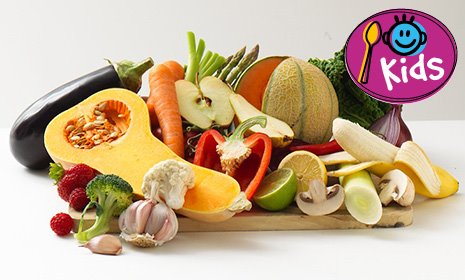
With so many children being fussy eaters, try these tips for getting mealtime calm back on the menu – whatever their age.
The term ‘fussy eater’ takes on a whole new meaning when a child has diabetes. It’s no longer just about how to make your child eat a few peas for the sake of getting some type of vegetable or fruit in them. It’s also about how to manage the tricky balancing act between how much they eat (or don’t) and their insulin dose, in order to avoid ahypo.
The problem – and your anxiety levels – can quickly worsen once your child realises the attention they can get if they refuse food.
In the short term, you can try to deal with the risk of a hypo by offering them milk or fruit juice – as these will provide some carbohydrate. But try not to fill them up completely with fluids because this will only make it harder to get them to eat something.
If the problem continues and your child is constantly refusing to eat at mealtimes, talk to their healthcare team about the possibility of changing their insulin type and/or regimen.
Preventative action
With a little forward planning, you can help reduce the chances of a food-fad strop occurring in the first place.
From about 45 to 30 minutes before your child’s meal, try to avoid giving them a drink. Many young children – especially pre-school age – prefer drinking to eating and easily fill themselves up with fluids.
Once it’s time for the meal to begin, remember that children are very easily distracted. So, although it may sound obvious, sitting them down at a table to eat – with no TV or similar distractions – is often a really effective way to get them to eat well. Better still, try to sit down and eat with them because children love to copy.
Offer small portions and praise your child as they eat, while trying to ignore any unhelpful behaviour. Limit the mealtime to around 30 or 40 minutes and, if they refuse to eat, try not to make a big deal of it because this attention may be just what they are looking for. Instead, just clear the food away and don’t offer lots of alternatives (other than something to prevent a hypo).
In between meals, your child may need snacks to help maintain control of their blood glucose levels. For example, they may need a snack when they are being active and they may also need a snack just before bedtime. But try to plan healthy options for these snacks, and keep an eye on the portion sizes to make sure they aren’t excessive – otherwise your child could end up eating most of their food in between meals, which stops them from being hungry enough to eat the meals themselves.
Healthy snacks for all ages
- Fresh fruit, individual packets of dried fruit, or mini pots or tins of fruit (in fruit juice – not syrup).
- Toast, bread, crumpets, bagels, pitta bread, English muffins, currant buns, teacakes, fruit cake, or malt loaf.
- Homemade milkshakes made with fruit added to semi-skimmed milk, and/or natural yogurt all blended in a liquidiser. Children under 2 should have whole milk because they may not get the calories or essential vitamins they need from lower-fat milks. Don’t give children skimmed milk until they’re at least 5.
- Rice cakes, breadsticks, savoury biscuits (like crackers or cheese biscuits).
